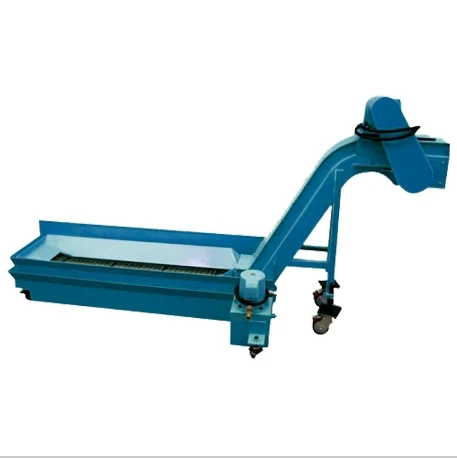steel drag chain
Understanding Steel Drag Chains A Comprehensive Overview
Steel drag chains, often referred to as cable carriers or drag chains, are essential components in various industries where the organization, protection, and movement of cables and hoses are necessary. These chains play a critical role in maintaining efficiency, safety, and longevity of mechanical setups across different applications, such as manufacturing, automation, and robotics. This article aims to provide an in-depth understanding of steel drag chains, their composition, benefits, and applications.
What are Steel Drag Chains?
Steel drag chains are mechanisms designed to guide and protect flexible cables and hoses during machine movement. They consist of alternating links that can be opened or closed to allow for easy loading and unloading of cables. The use of steel in drag chains offers enhanced durability and strength, making these chains ideal for high-load environments where traditional plastic chains may fail.
Composition and Design
The primary material used in the manufacturing of steel drag chains is high-quality steel, which can withstand wear and tear in demanding environments. Some chains may feature a combination of steel and other materials, such as plastics, to optimize weight and flexibility. The design of a steel drag chain typically includes
1. Link Structure The links are engineered to provide flexibility while maintaining robust strength. 2. Width and Height Options Available in various sizes to accommodate different cable and hose diameters, ensuring a snug fit. 3. Custom Shapes Custom designs can be manufactured to suit specific applications, including curved or tapered forms to navigate tight spaces.
Benefits of Using Steel Drag Chains
1. Durability Steel drag chains are built to last, providing resistance against abrasions, impacts, and chemical exposures. This durability translates to reduced maintenance costs and less frequent replacements.
2. Load Capacity The strong materials used enable these chains to handle substantial loads, setting them apart from their plastic counterparts. This capacity is particularly beneficial in heavy machinery applications.
steel drag chain

4. Protection Steel drag chains not only organize but also protect cables and hoses from damage caused by friction, crushing, and environmental factors.
5. Temperature Resistance They can withstand a wider range of temperatures, making them suitable for high-heat applications often found in industrial settings.
Applications of Steel Drag Chains
Steel drag chains find wide-ranging applications across numerous industries due to their impressive versatility and reliability. Some of the primary sectors include
1. Manufacturing In factories, drag chains facilitate the movement of power and control cables, pneumatic hoses, and other fluids, ensuring seamless operation of machinery.
2. Robotics In robotic applications, drag chains help manage multiple cables that provide power and data, allowing robotic arms to operate without tangling or damaging wires.
3. Automotive Industry Steel drag chains are used in assembly lines to protect and manage the various cables necessary for automation and machinery.
4. Construction Heavy machinery that requires cable management benefits from steel drag chains, particularly in harsh environments where long cables may be exposed to high wear.
5. Entertainment The use of drag chains is also prominent in stage rigging systems, where the movement of lights, sound, and other equipment must be managed efficiently.
Conclusion
In conclusion, steel drag chains are a vital component of modern machinery and equipment. Their robust design, coupled with the use of strong materials, presents unique advantages that enhance operational efficiency and safety. With their versatility across various industries, steel drag chains will continue to be an integral part of the evolving landscape of technology, ensuring that cables and hoses are organized, protected, and efficiently managed in a myriad of applications. As industries advance, the role of steel drag chains will undoubtedly expand, further solidifying their position as essential components in industrial design and functionality.








